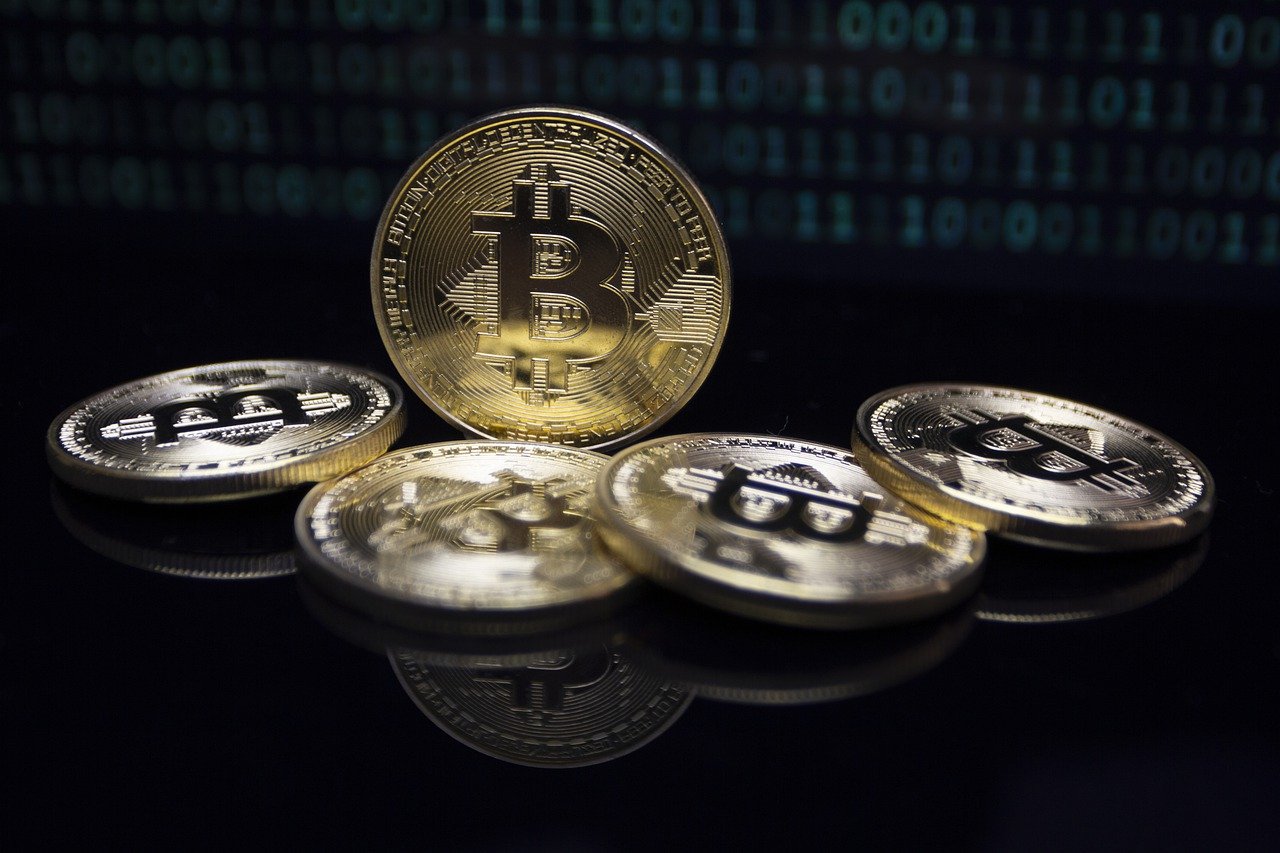Fungible tokens are one of the two main types of digital tokens, the other type being non-fungible tokens (NFTs). In this post, we explain in detail what fungible tokens are and how they differ from NFTs.
Jump to:
What is fungibility?
Fungibility is all about interchangeability. Fiat money (US dollars, British pounds, Euro, etc.) is fungible. For example, suppose you are holding a $100 bill in your hand and so is one of your friends. You wouldn’t mind exchanging those $100 bills with each other, knowing that both bills are identical. In other words, there is nothing special about your $100 bill that would make you uneasy about trading it with your friend’s $100 bill. The same is true for your friend’s $100 bill as well. They are worth the same.
Another way of thinking about this is that you would have no problem exchanging a $100 bill for five $20 bills, ten $10 bills, or a hundred $1 bills. In summary, fiat money is fungible.
On the other hand, think of two brand-new copies of a novel written by your favourite author. Naturally, these copies are interchangeable. Thus, they have the same worth. However, if one copy is signed by the author, you would value that one a lot more than the unsigned copy. And, the fungibility would no longer apply.
What are fungible tokens?
Now that we understand the concept of fungibility, we can explain what a fungible token is. Cryptocurrencies are good examples of fungible tokens as each unit of a cryptocurrency (e.g., Bitcoin, Ether, Cardano, Ripple, etc.) have the same price. However, there is a caveat. There is an argument that cryptocurrencies are not fully fungible and that their trace on the blockchain has some impact on their value.
Before discussing that in more detail in the next section, let’s briefly touch upon nonfungible tokens (NFTs) as well. We have a separate post on the topic (click here to read), so we’ll just give a brief comparison here. Unlike fungible tokens, NFTs are useful in terms of certifying ownership of unique assets such as an object of art. Therefore, an NFT is not readily interchangeable with another NFT, which is a key distinguishing feature from fungible tokens.
‘Clean Bitcoins’ vs ‘dirty Bitcoins’
Clean bitcoins are those with no history of being associated with either any digital wallet (also known as virgin bitcoins) or particular digital wallets. Such bitcoins with no or clean ownership history can attract somewhat higher prices than dirty bitcoins, which have already exchanged hands, especially through particular wallets. The issue here is that cryptocurrency exchanges can act against dirty bitcoins that have gone through blacklisted wallets. Clearly, it is problematic to own a dirty bitcoin that may not be accepted for trade by other parties.
In general, some bitcoins may have ownership histories linked to exchange hacks, money laundering, scams, etc. (read more here) And, the traceability of cryptocurrency transactions allows the tagging of such bitcoins (or other cryptocurrencies) as dirty.
It is worth noting that in a completely different context, bitcoins can be labelled as clean or dirty based on the source of energy used to mine them. That is, dirty bitcoins are those mined through energy generated from fossil fuels whereas the mining of clean bitcoins is based on, well, clean sources of energy. Of course, this classification of clean versus dirty relates to the environmental impact of mining cryptocurrencies and not to their fungibility.
What is next?
This post is part of our free course on Tokenomics. In the previous post, we explained the concept of non-fungible tokens.
If you have enjoyed reading this post, please share it with others on social media. Also, feel free to leave a comment below if you have got any questions or suggestions related to this post. We are always keen to hear from our readers.

